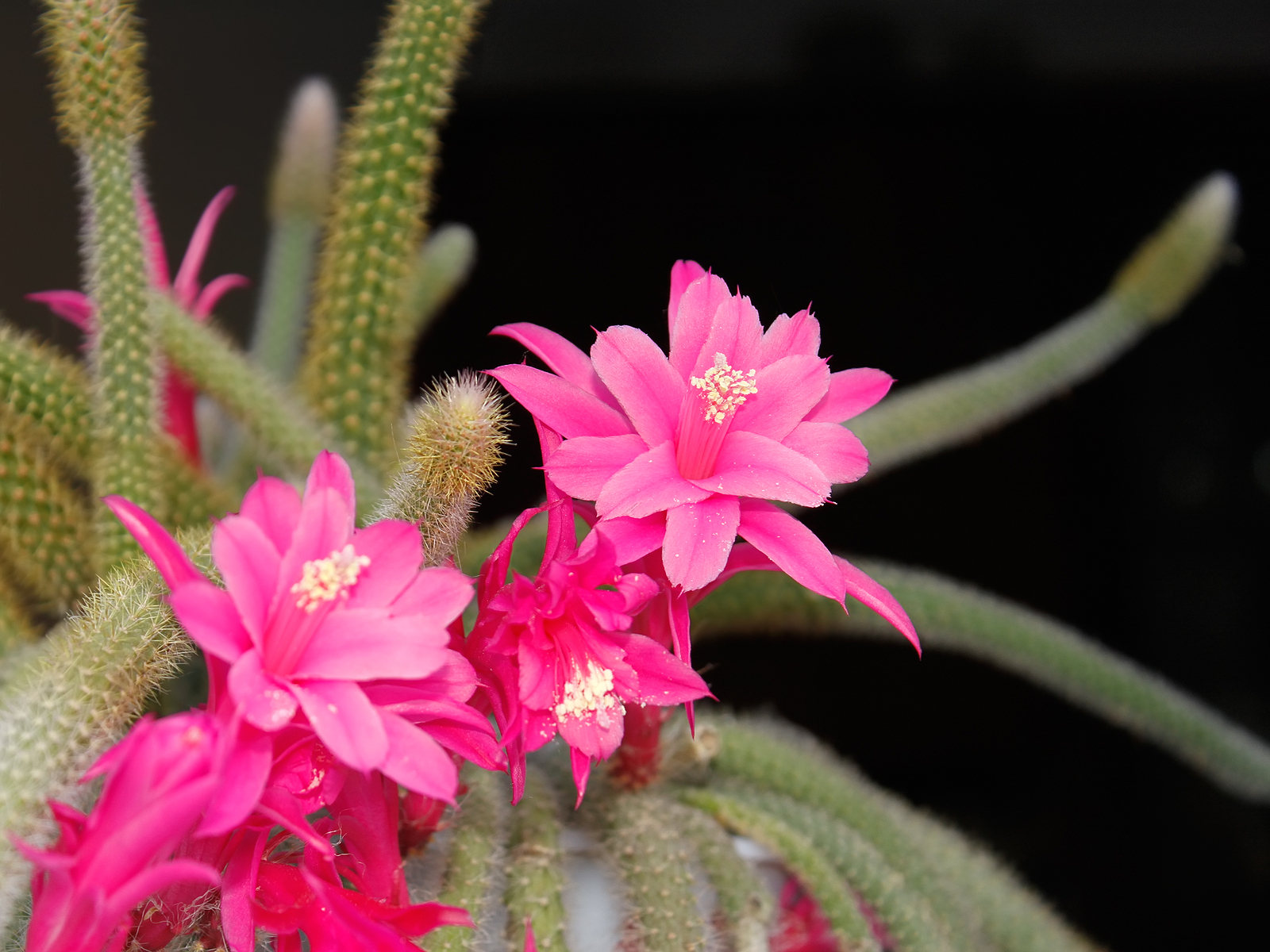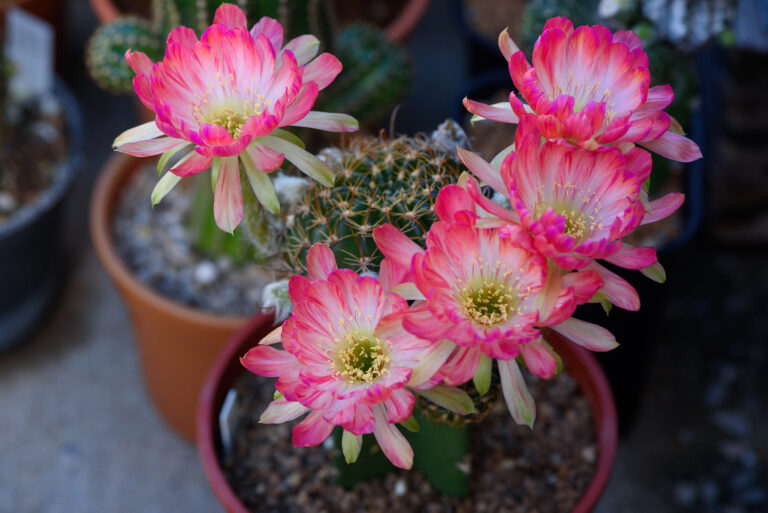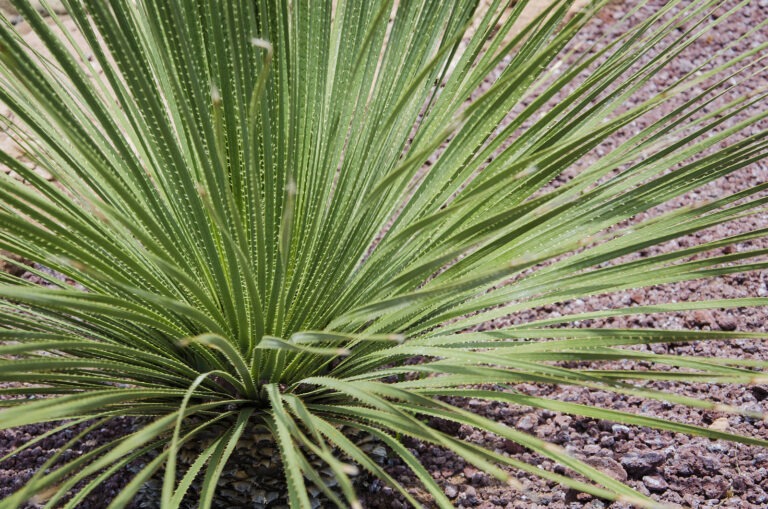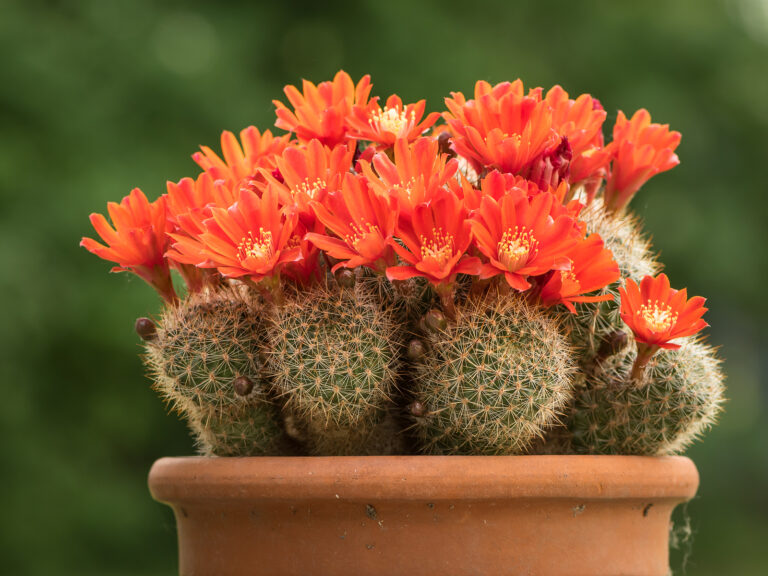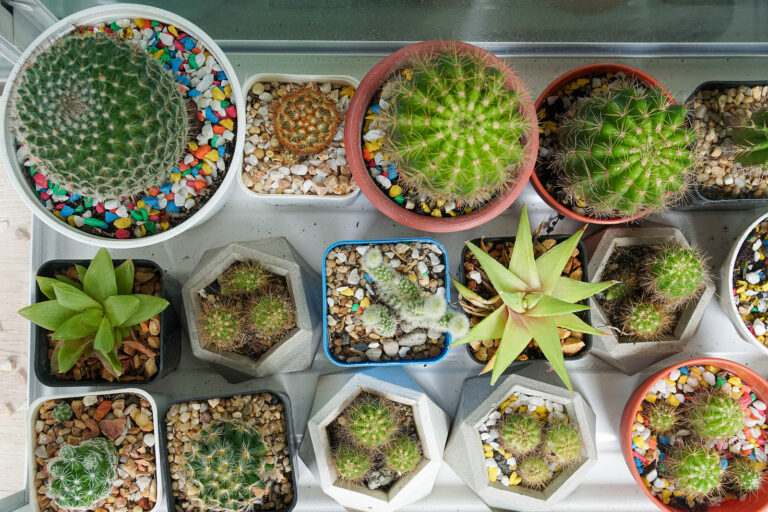How to Grow Aporocactus – Rat’s Tail Cactus
Aporocactus is a spiny long-stemmed, tailing cactus with leafless green stems. This creeping, slender cactus is nicknamed rat’s tails. Aprocactus is sometimes called a climbing cactus but it might better be described as a hanging or trailing plant. These spiny plants have aerial roots. The stems dangle or cascade down to 3 feet (1m) or more.
Aporocactus is an epiphyte; it commonly grows from trees in the wild. In cultivation, Aporocactus is usually grown in hanging baskets. The 1 inch (2.5 cm) thick stems may grow to 6 feet (1.8 m) and feature daytime blooms. Aporacactus tend to creep into other containers.
The 1 inch (2.5 cm) thick stems may grow to 6 feet (1.8 m) and feature daytime blooms. Aporocactus bears bright pink or rose tubular flowers along their stems. Flowers are more than an inch across.
Aporocactus does not tolerate frost. It can be grown outdoors in summer but must be protected from the full afternoon sun. It does not tolerate any frost.
This genus contains 5 species of creeping, slender cacti, native to Mexico.
Get to know Aporocactus
- Plant type: Cactus, climbing cactus
- Hardiness temperature: 45℉ (7.2℃)
- Optimal growing temperature: day, 70°F (21°C); night, 50° to 55°F (10° to 13°C).
- Shape and size: Trailing stems to 3 feet long
- Flowers: Bright pink flowers to 1.5 inches across are produced along the stem
- Bloom time: Summer
- Common name: Climbing cactus, rat’s tail cactus
- Genus name: Aporocactus
- Family name: Cactaceae
- Origin: Mexico

Planting Aporocactus
- Grow Aporocactus in a bright, sunny locations.
- Grow Aporocactus in sumer in a protected spot outside of the full sun.
- Indoos grow Aporocactus in bright, filtered sun from southern, southeastern, or eastern exposure. Fresh air circulation is important.
- Grow Aporocactus in a sligthly acidic cactus mix. The soil must be well-drained.
How to water and feed Aporocactus
- Use soft or softened water to water Aporocactus.
- Warer Aporocactus frequently in summer; keep plant just moist during winter.
- Aporocactus does not tolerate wet soil.
- Let the soil dry between thorough waterings. Overwatering causes plant to rot.
- Best humidity is 30% to 45%.
- Feed Aporocactus every 6 weeks during growing season, with low-nitrogen, high-potassium fertilizer.
Aporocactus care
- Keep Aporocactus in a bright, not too cool location in winter.
- Aporocatuc does not tolerate repotting.
Growing Aporocactus as a houseplant
- Give Aporocactus direct light; insufficient light will cause spindly, malformed growth.
- Maintain a warm temperature and low humidity.
- Allow the soil to dry thoroughly between waterings.
- Fertilize Aporocactus once a year in spring.
Aporocactus propagation
- Propagate Aporocactus by taking stem cuttings and pot them in a cactus mix.
Aporocactus species to grow
- Aporocactus conzattii produces red flowers.
- A. flagelliformis (rat’s tail cactus). Commonly grown in hanging pots; narrow stems trail over the edge; stems have 8 to 12 ribs covered with tiny, reddish brown spines.; bears funnel-shaped, red flowers in spring.
- A. martianus bears deep rose blooms.

